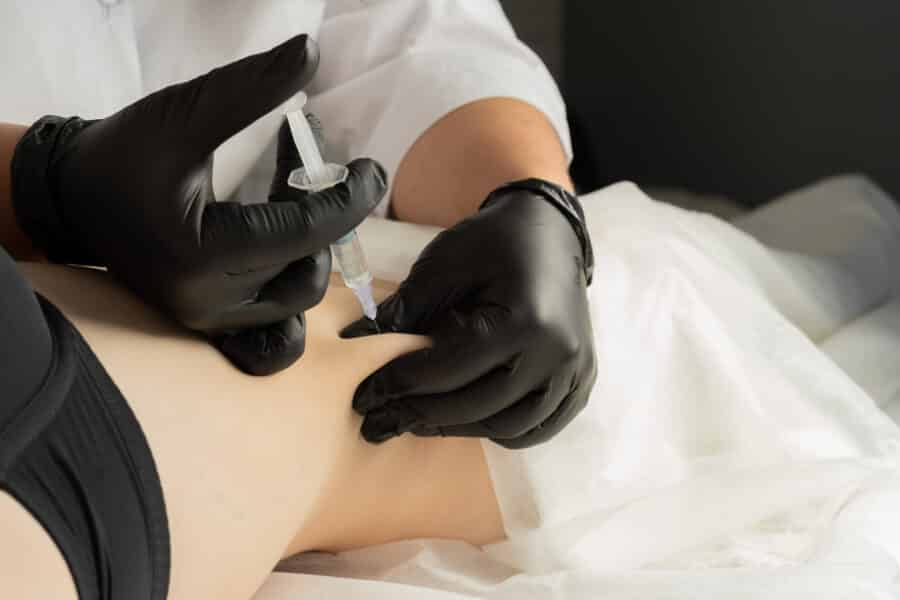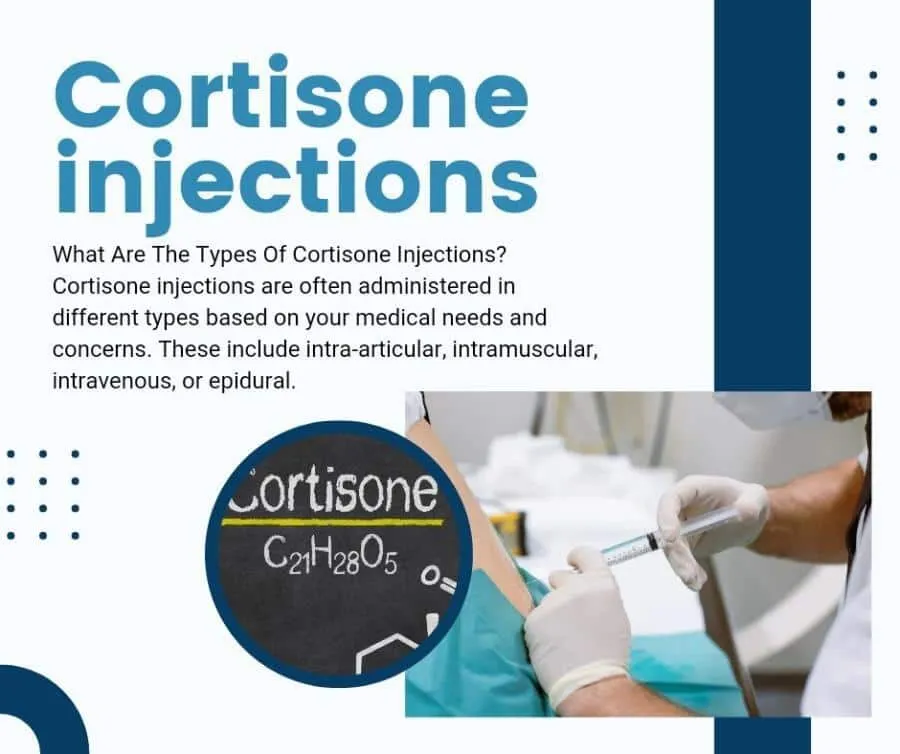Fat injections, also identified as autologous fat transfer or fat grafting, have revolutionized the field of cosmetic surgery by providing individuals with a natural and long-lasting way to enhance their appearance. This innovative technique involves extracting fat from one body area and injecting it into another, allowing for volume restoration, contour refinement, and facial rejuvenation. The science behind fat injections is rooted in the body’s resources, making it a safe and appealing choice for many individuals seeking cosmetic improvements.
Fat injection treatments are becoming increasingly popular. According to the Aesthetic Plastic Surgery National Databank, in 2021 alone, over 39,000 facial fat injection procedures were performed, showcasing a 34% increase from the previous year. This figure gives insight into the growing recognition of the benefits and effectiveness of fat injections in achieving natural-looking results.
With this in mind, this article will cover the science behind fat injections, exploring how they work and the numerous benefits they offer to individuals seeking aesthetic enhancements.
The process of fat injections
To better understand how fat injections work, you’ll need to familiarize yourself with the processes involved. Take a closer look at each stage of the fat injection process below and see how it contributes to the overall success of the procedure.

1. Harvesting
During the fat injection procedure, fat is harvested from one area of your body and then carefully injected into another area that requires volume enhancement. The harvesting process typically involves liposuction, which means small incisions are made in the donor site (typically the abdomen or thighs) to extract the fat cells.
When harvesting fat, one of the common areas that patients request the removal of fat from is the submental area, also known as the double chin. The submental area is notoriously difficult to address through exercise and diet alone, which is why many people turn to liposuction or the fat-liquefying method called Kybella for a more definitive solution.
Overall, the harvesting stage provides a valuable source of fat for volume enhancement while addressing unwanted body fat.
2. Processing
Once the fat is harvested, it undergoes a process to purify and prepare it for injection. The processing stage is critical for the success of fat injections.
According to a study, fat-processing techniques, such as centrifugation or filtration, significantly improved the viability and survival of transplanted fat cells. The study reported an overall increase in graft survival rate by up to 80% when processed fat was used compared to nonprocessed fat.
By using meticulous processing techniques, cosmetic surgeons can enhance the quality and effectiveness of fat injections, leading to more satisfactory and longer-lasting results for patients seeking volume enhancement or rejuvenation.
3. Injection
After the processing stage, the purified fat is ready for injection. The cosmetic surgeon will use small syringes to strategically place the fat injections in the targeted area, such as the face, breasts, or buttocks. This step is crucial in achieving the desired results and requires precision and expertise.
The injection process may involve multiple injections at varying depths and angles to achieve the desired contour and volume. The surgeon will assess the patient’s individual anatomy and aesthetic goals to determine the optimal placement for the fat injections. This personalized approach ensures that the results are tailored to the patient’s unique features and desired outcome.
Benefits of fat injections
So what are the benefits of fat injections? The list below dictates several reasons fat injections have become a choice for many individuals seeking cosmetic enhancements.
Natural results
One of the primary benefits of fat injections is the ability to achieve natural-looking results. A 2021 study stated that fat injections provided natural-looking and long-lasting results, with high patient satisfaction rates, particularly using autologous fat. Furthermore, since the fat used for the procedure is harvested from your body, there is a reduced risk of adverse reactions or rejection. The injected fat can integrate seamlessly with your tissues, resulting in a more natural appearance.
Long-lasting effects
Studies show that, unlike temporary fillers, fat injections demonstrate long-term survival of the transplanted fat cells. The injected fat establishes its own blood supply and can survive for years, making the results long-lasting compared to temporary fillers that require regular touch-ups. This means you can enjoy the benefits of fat injections for a significant period without frequent touch-ups.
Versatility
Fat injections can be used to enhance various parts of the body, making them a versatile treatment option. The ability to use your own fat for volume enhancement provides endless possibilities and personalization.
Minimal downtime
Fat injections typically involve minimal downtime compared to more invasive procedures. Using small incisions and less extensive surgical intervention leads to shorter recovery times. Initial healing may take a few weeks, depending on the complexity of the procedure and individual factors.
The bottom line
Fat injections offer a scientifically backed solution for those seeking natural-looking volume enhancement. With benefits that include natural results, long-lasting effects, versatility, minimal downtime, and an improved overall appearance, fat injections have gained popularity in cosmetic procedures. By understanding the science behind fat injections, you can decide whether this procedure is right for you. So consult a qualified cosmetic surgeon to explore the possibilities, and take the first step toward achieving your aesthetic goals.


